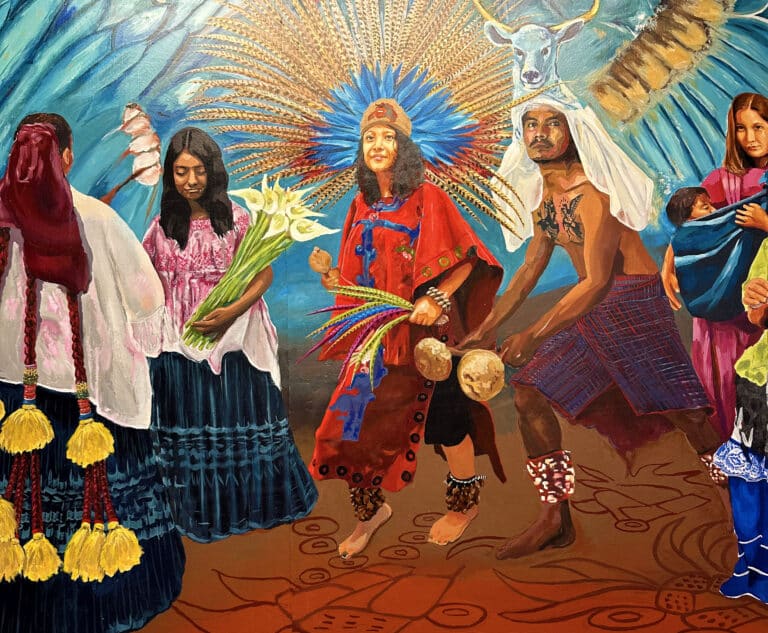Did you know a high school student was responsible for the current design of the American flag?
In 1958, while living with his grandparents in Lancaster, OH, Bob Heft completed a design of the American flag as a project for his American History class. Hawaii and Alaska were being considered for statehood, and more than 1,500 designs for a new flag had been submitted to President Dwight D. Eisenhower. Intrigued by Betsy Ross, Heft had cut up a 48-star flag and sewn it into a new design featuring 50 stars.
Upon presenting his final project, the teacher asked Heft, “Why you got too many stars? You don’t even know how many states we have.” Heft received a B- for his project. When he contested the grade, his teacher presented him with a proposition:
“Get the flag accepted in Washington, then come back and see me and I might consider changing the grade.”
After Heft had written 21 letters to the White House and made 18 phone calls, he received a phone call from 34th President of the United States Dwight D. Eisenhower. The 50 star flag design that was the same as Heft’s flag design had been chosen and adopted by presidential proclamation after Alaska and before Hawaii were admitted into the union in 1959. Eisenhower “wanted to know the possibility of you [Heft] coming to Washington, D.C., on July 4th for the official adoption of the new flag.”
And what did Heft’s teacher have to say?
“I guess if it’s good enough for Washington, it’s good enough for me. I hereby change the grade to an A.”
You can listen to Heft tell the story of designing the American Flag at StoryCorps, who interviewed Heft before his passing in 2009.
Curious about what else you might not know about the American flag?
- The American Flag consists of thirteen equal horizontal stripes of red alternating with white, with a blue rectangle in the canton (referred to specifically as the “union”) bearing fifty small, white, five-pointed stars arranged in nine offset horizontal rows of six stars alternating with rows of five stars. The 50 stars on the flag represent the 50 states of the United States of America, and the 13 stripes represent the thirteen British colonies that declared independence from the Kingdom of Great Britain, and became the first states.
- Nicknames for the flag include“The Stars and Stripes,” “Old Glory,” and “The Star-Spangled Banner.”
- The current design of the U.S. flag is its 27th; the design of the flag has been modified officially 26 times since 1777. The current design is the longest-used version and has been in use for over 65 years.
- In 1916,President Woodrow Wilson issued a proclamation that officially established June 14 as Flag Day and in August 1949, National Flag Day was established by an Act of Congress.




